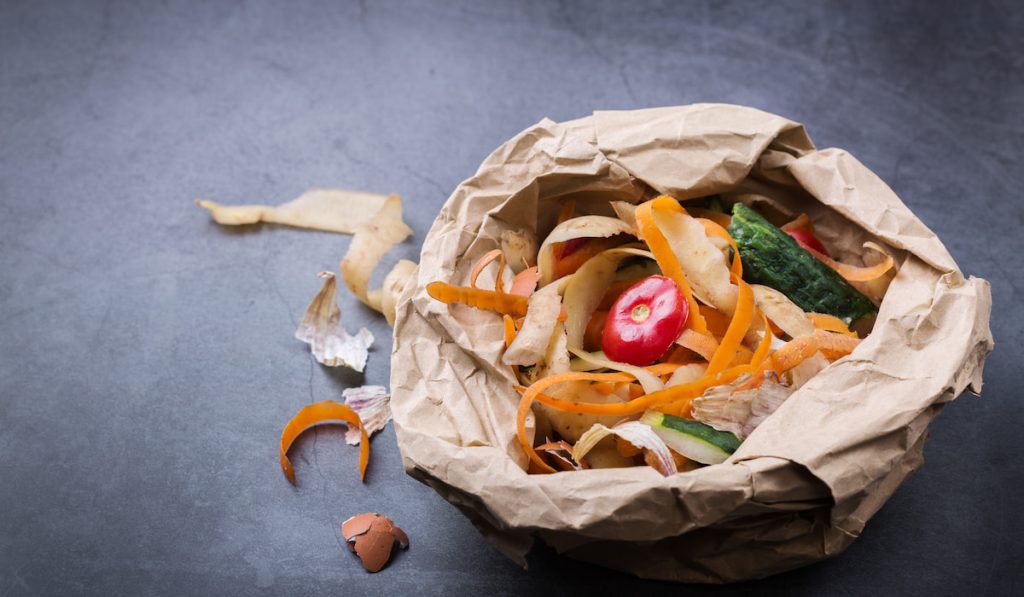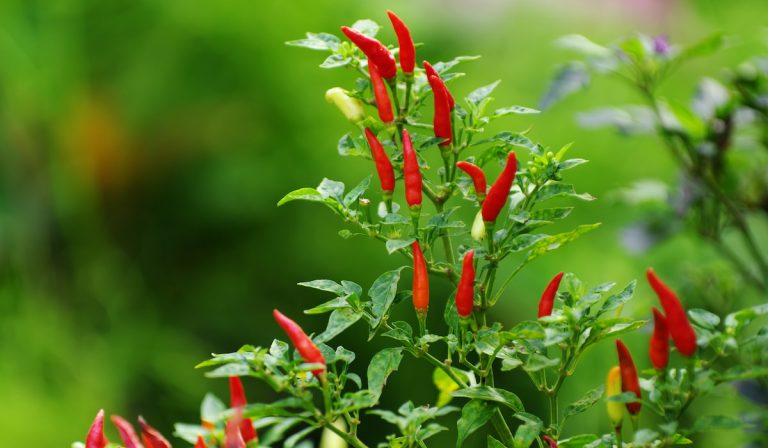13 Ways to Heat a Greenhouse Without Electricity
Table of Contents
Why Have a Greenhouse?
Having a greenhouse is the key to having an all-year-round growing season. This privilege is accompanied by more advantages like maintaining a consistent year-round food supply and reducing the workload rather than working on a massive garden during summer.
Invented by the ancient Roman Empire, greenhouses were initially meant for growing vegetables.
Traditionally, people waited for the right season to plant their crops, but commercial growers with greenhouses, then and now, don’t necessarily have to wait on the weather to be accommodating.
Professionally built greenhouses, typically made of aluminum framework and glass panes, might be too expensive, but a homemade greenhouse, usually made of PVC, construction lumber, and plastic sheets, presents a cheaper option, even though the PVC might get brittle after a few years of exposure to sunlight.

Do You Have to Heat Your Greenhouse?
You might be concerned about your greenhouse if it is ready, especially when approaching the winter.
If you deem it not ready to handle cold, heating your greenhouse with more natural techniques might be a something to consider.
This will, of course, depend on where you live and the crop you plant, as well as, to an extent, the quality of your greenhouse.
Heating a greenhouse is a good practice because it maintains the optimal temperature suitable for plants to thrive, typically between 70 – 80 degrees Fahrenheit.
Secondly, the greenhouse acts as an environmental control that keeps all conditions constant, including temperature, to avoid sudden changes that could cause shocks to the plant.
In this article, you will have a detailed look into how you can optimize the temperature within the greenhouse for your crops without necessarily using the comparatively expensive electricity.
Choosing a method to use in your greenhouse will also depend on the effectiveness, timing, and how appropriate the method is. Let’s have a detailed look.
13 Ways to Heat a Greenhouse Without Using Electricity
1. Use Compost

The natural decomposition of organic material produces a lot of heat. The bacteria breaks down the organic matter, generating heat.
Topping your garden with thick mulch will help the bacteria build this warm atmosphere, which in turn helps the plant, particularly the vital roots, maintain warmth when approaching and during cold seasons.
Healthy compost piles will heat up to over 100 degrees Fahrenheit and efficiently supply your greenhouse with warmth.
However, you will have to turn over the decaying compost every once in a while to ensure sufficient oxygen supply.
2. Add Thermal Absorption Barrels

Black water-filled plastic barrels can be strategically placed in the greenhouse where the light can hit them.
When the sunlight hits the barrel, the light energy is converted to heat at the black surface and is absorbed and stored by the water, and later released into the air when it gets cold.
You should ideally location these barrels at the greenhouse’s north wall to avoid shading any plants from natural light.
3. Use a Double-plastic Layer for the Windows

Instead of insulating the windows, use a double layer of plastic to avoid blocking the light. Double pane/plastic windows are considered more energy-efficient because they allow light and greatly prevent heat loss when cold.
It could be expensive to install double panes, but you can repurpose transparent plastic bags if you have panes, which will work very well. This double layer of the window will double the greenhouse’s R-value, meaning it can store more heat.
4. Build Part of Your Greenhouse Underground
Partial underground construction of a greenhouse is challenging yet it is one of the most successful methods of keeping a greenhouse naturally warm. When cold, the earth is warmer than the upper atmosphere, and the deeper it gets, the warmer it gets.
Ideally, the greenhouse should be 4 feet deep and the other half 4 feet above the earth’s surface.
The earth surrounding the sunken part of the greenhouse acts as insulation from cold. The lowest ground temperature is 32 degrees Fahrenheit; therefore, the ground will be warmer if you have colder air in the winter.
Lowering the floors of your greenhouse below the frost line is therefore not a bad idea since it will help moderate the temperature within the garden beds.
5. Insulate the North Side

In the Northern hemisphere, the sun is always in the southern region, so you will never generate any heat from the northern side of the greenhouse.
Therefore, unlike the other transparent walls and roofs, it is better to insulate the north side with Styrofoam sheets to help trap in the heat and prevent the cold north winds.
Moreover, you may reposition part of your thermal mass against the wall to absorb additional heat.
6. Reflect the Sun’s Light and Heat
Besides insulating the north wall, having its south-facing interior coated with white or a reflective material like tin is more effective in conserving heat.
The light will bounce off this wall and into the garden, giving the plants additional heat and warmth, at least in the daytime, and the earth may maintain the heat way into the night.
7. Use Thermal Mass Objects

Before sourcing any heating system, it is essential to consider capturing the heat that is already available. Using thermal mass objects like clay, bricks, water, ceramics, and stone is essential when passively heating with solar energy.
When the air is heated, they absorb the heat and release it to the environment when the air is cold. It’s advisable to construct raised beds with stone or brick walls to maximize the use of these thermal masses to heat for free.
8. Solar Panels

You can tap solar energy through the installation of solar panels, which absorb the sun’s light energy and utilize it as power.
However, depending on your climate and region, the ability and effectiveness to provide heat for your greenhouse are incredibly varied.
The shortcomings with this technique are that solar panels are pretty expensive to install and are only effective provided exclusive access to the sun.
They also need secondary storage devices like batteries to store their power since they cannot store it themselves. This power is in turn used to operate fans, pumps, and greenhouse heaters.
9. Paraffin Heaters

Paraffin heaters are an affordable option to heat your greenhouse without electricity.
These heaters operate off fuels that are frequently cheaper than electricity. Another advantage of this is that it produces carbon dioxide that your plants crucially need for photosynthesis.
However, when using them, do not light them and forget to turn them off. This could cause too much accumulation of carbon dioxide and humidity build-up, which may necessitate more ventilation.
10. Use Black Wood Mulch on Walk-Paths

Instead of leaving your walk-paths as bare soil, black wood mulch is an ideal cover since the walkways are ideal for solar absorption and heat retention.
Dark or black hues are suitable for this section, and black pavements would even be better but more expensive.
11. Hot Water Heating
A pipework system for heating water supplied to the greenhouse is another good option.
You could use a hydroponic heating system, which typically involves structures that allow water to be heated by solar energy, or creatively coil pipes within a decomposing system, since compost produces much heat, enough to heat the water to optimal temperature before getting into the garden.
12. Heating of Biomass

A boiler can run with renewable energy, firewood, and other biomass elements to produce heat for the greenhouse. A rocket mass stove is also a great option for heating your greenhouse since it combines efficient combustion with heat retention.
Planters are then constructed over a hot shelf extending from the stove. This is especially a great solution for cold winters.
13. Heat from Livestock

Keeping livestock in the greenhouse may also keep plants warm when it gets cold, especially during winter. It’s possible to keep hens in one section of a greenhouse or in an adjacent coop while growing plants in another.
Chickens give off the heat, and their manure can greatly impact and increase the greenhouse’s temperature at night.
The hens benefit as well, since the greenhouse collects heat from the sun throughout the day, keeping their home comfortable, and they may be lucky to nibble on a few insects around the greenhouse that could be troubling the plants, hence mutually beneficial.
Conclusion
To upgrade your gardening skills and level, heating your greenhouse is essential.
To attain the appropriate temperature, basically, the larger your greenhouse, the more heat required to keep a healthy, warm atmosphere.
Generally, for you to maintain an all-year-round planting season for your crops, you should typically aim to maintain your greenhouse temperature at around 70-80 degrees Fahrenheit.
The thought of keeping your greenhouse’s temperature that high during the winter might be a bit intimidating, but with the correct insulation, the heat will be retained within the greenhouse, and it will be easier and simpler to maintain that essential warmth.
Resources
- https://www.greenhousetoday.com/how-to-heat-a-greenhouse-without-electricity/
- https://www.onegreenplanet.org/lifestyle/keeping-the-greenhouse-warm-without-using-electricity/
- https://www.offthegridnews.com/survival-gardening-2/6-natural-ways-to-make-an-unheated-greenhouse-warm/
- https://www.ruralsprout.com/heat-greenhouse/
- https://www.greenhousestores.co.uk/blog/How-To-Heat-A-Greenhouse/
- https://www.flowerpotman.com/greenhouse-gardening/winter-greenhouse-heating/







